The Ministry of Industry and Trade is required to shift the base electricity from coal to gas, prioritizing domestic production to achieve electricity growth of 12 to 15% per year. However, to do this, there are many issues that need to be resolved soon.
 |
| PV Gas's Thi Vai LNG Terminal |
Base electricity: Replace coal with gas
In the conclusion of the recent meeting on removing difficulties for gas-fired and offshore wind power projects, the Government Standing Committee requested the Ministry of Industry and Trade to urgently review all power sources in the Plan to implement the VIII Power Plan in the direction of shifting base power from coal-fired power to gas-fired power, prioritizing domestic production to achieve electricity growth of 12-15%/year, ensuring national energy security, and providing enough electricity for production, business, and people's lives.
With the energy transition in the electricity generation sector, in line with Vietnam's commitment to achieve net zero emissions by 2050, the goal of gradually replacing coal-fired power with gas-fired power is considered one of the initial steps.
Accordingly, there have been 23 gas-fired power projects, with a total capacity of 30,424 MW put into operation by 2030 set out in the Power Plan VIII. Of these, 10 gas-fired power projects use domestically exploited gas with a capacity of 7,900 MW and 13 gas-fired power projects use imported LNG with a capacity of 22,542 MW.
However, that is the plan, but at present, coal power still contributes greatly to the electricity supply for the economy . Specifically, the total installed capacity of power sources in the national power system is about 84,931 MW, of which coal-fired thermal power has an installed capacity of 27,531 MW, accounting for 32.4% and gas-fired thermal power with combined gas turbines is about 7,422 MW, accounting for 8.8%.
In terms of electricity output, coal-fired thermal power, although only having an installed capacity of 32.4%, is making a large contribution to electricity production. Specifically, in 2022, coal-fired electricity output will contribute 95.627 billion kWh to the system, hydropower will contribute 97.814 billion kWh and gas-fired thermal power will contribute 28.772 billion kWh, equivalent to 36%, 37% and 11% respectively.
In 2023, coal-fired thermal power contributed 120,351 billion kWh, hydropower 81,614 billion kWh, gas-fired thermal power 26,784 billion kWh, equivalent to 44%, 30%, 10% respectively. In the first 8 months of the year, the situation remained unchanged as coal-fired thermal power still led in electricity output.
Many challenges to be solved
Currently, domestic gas-fired power projects are related to the Block B Gas-Power Project chain and the Blue Whale Gas-Power Project chain. According to the Ministry of Industry and Trade, of the four gas-fired power plants in the Block B Gas-Power Project chain, O Mon I Power Plant has been operating since 2015 and will convert to gas-fired when Block B gas comes ashore.
Two projects implemented by the Vietnam Oil and Gas Group (Petrovietnam) are the O Mon IV Project, which is carrying out procedures to select an EPC contractor and negotiate electricity prices; the O Mon III Project is being submitted to the Prime Minister for approval of a Japanese ODA loan plan. The O Mon II Project, invested by Mitsui and Vietracimex, is negotiating commercial contracts for gas and electricity purchases.
However, according to the assessment of independent experts of nangluongvietnam.vn, the date of receiving gas onshore (First gas) has slipped from the end of 2026 to the end of 2027. Meanwhile, the updated progress of power plants receiving gas is in the fourth quarter of 2027 for the O Mon IV Project, the first quarter of 2028 for the O Mon II Project and the fourth quarter of 2029 for the O Mon III Project. Thus, it is necessary to have an early solution to match the progress of power projects and bring gas ashore to avoid waste or penalties.
In the Blue Whale Gas Power Project chain, there are 5 power projects including Central I & II invested by Petrovietnam; Dung Quat I & II invested by Vietnam Electricity Group (EVN) and Dung Quat III invested by Sembcorp Group (Singapore).
When working with the Ministry of Industry and Trade in August 2024, the People's Committee of Quang Ngai province said that Dung Quat I and III projects had prepared Feasibility Study Reports; Dung Quat II project had its Feasibility Report approved by the Ministry of Industry and Trade in Decision No. 4345/QD-BCT dated November 20, 2018. However, all three of these gas-fired power projects are facing difficulties because the developer of the Blue Whale mine, Exxon Mobil, is restructuring its operations, not focusing on exploitation, but on the new energy industry.
The above situation has prompted the Minister of Industry and Trade to propose that Quang Ngai province and the Ministry of Industry and Trade propose to the Government to allow the implementation of a gas-fired thermal power plant project, but instead of using liquefied gas from the Blue Whale field, they should switch to using imported LNG.
“We must develop electricity to ensure energy for the country. When the Blue Whale mine is exploited, we will switch to using it again. If necessary, we will sign a contract to supply fuel for a limited period with a number of partners. Only then can we achieve the goals of the locality and the whole country,” emphasized Mr. Nguyen Hong Dien, Minister of Industry and Trade.
Of the 13 imported LNG power projects, only Nhon Trach 3 & 4 is currently under implementation with the target of commercial operation in May 2025. Other imported LNG power projects are facing difficulties in resolving issues of borrowing capital, negotiating electricity prices, requiring government guarantees on foreign currency conversion, payment, transmission line risks, etc.
Given the above situation, the report of the Ministry of Industry and Trade in August 2024 recommended that in order to implement gas-fired power projects according to the Power Plan VIII, it is necessary to develop a resolution of the National Assembly to submit to competent authorities for consideration and promulgation. This resolution will stipulate the mechanism for gas-fired power project development, serving as a basis for investors and EVN to sign power purchase contracts, arrange capital for implementation and put into operation, ensuring investment efficiency.
With the current situation, power projects in general will need a long time to enter the power generation operation phase.
The Bac Lieu LNG power project was granted investment policy in January 2020 and has attracted much attention from other investors because there have been many recommendations to the relevant authorities to facilitate the implementation of the project.
In February 2020, the Prime Minister assigned the Ministry of Industry and Trade to preside over and coordinate with the Ministry of Planning and Investment and relevant agencies to review the petition of Bac Lieu province, handle it according to the law, and avoid delays in handling petitions from localities and investors.
By October 2021, the Bac Lieu LNG Power Project and Bac Lieu province had made many recommendations to the Government's Special Task Force to remove bottlenecks to implement the project.
However, state management agencies later pointed out many unprecedented proposals in the Bac Lieu LNG Power Project proposed by the investor.
By April 2023, the Deputy Prime Minister requested ministries and branches to report on the investor's difficulties in this project. By early 2024, the investor again requested the relevant authorities to remove the difficulties.
It is worth mentioning that the problems have not changed much in the past 4 years and the Project still does not know when it can start building the factory on the ground.
Source: https://baodautu.vn/dien-khi-voi-muc-tieu-tro-thanh-nguon-dien-nen-d225352.html


![[Photo] Prime Minister Pham Minh Chinh chairs conference to promote public investment growth momentum](https://vphoto.vietnam.vn/thumb/1200x675/vietnam/resource/IMAGE/2025/5/20/7d1fac1aef9d4002a09ee8fa7e0fc5c5)
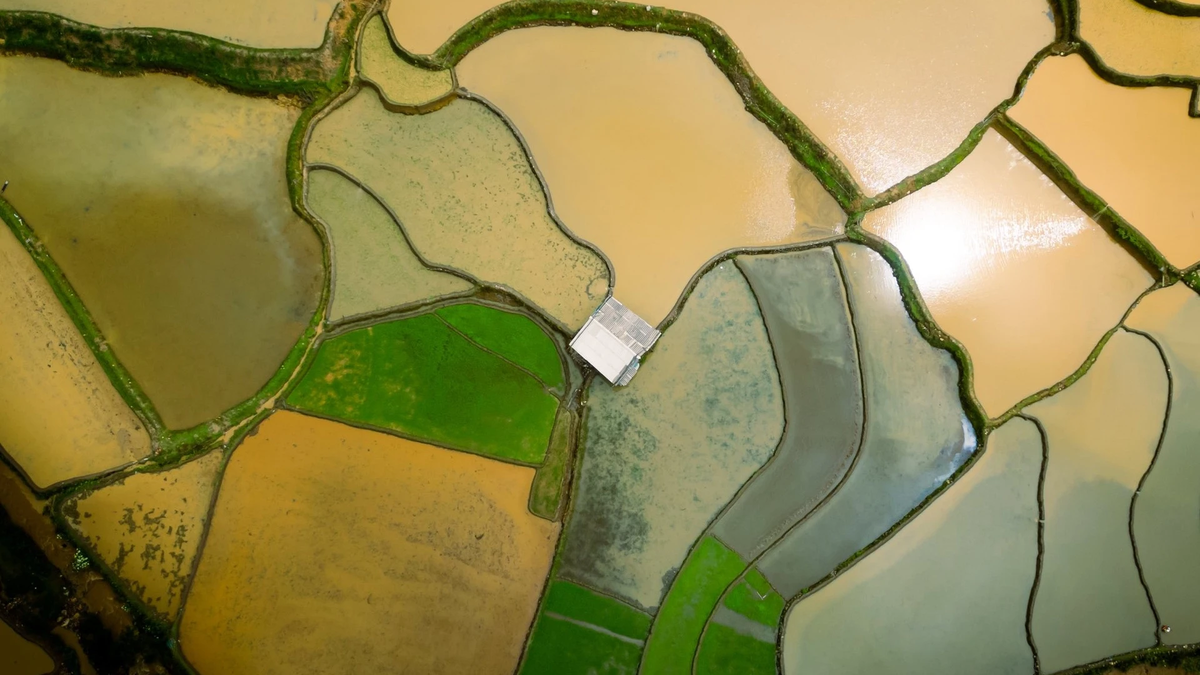
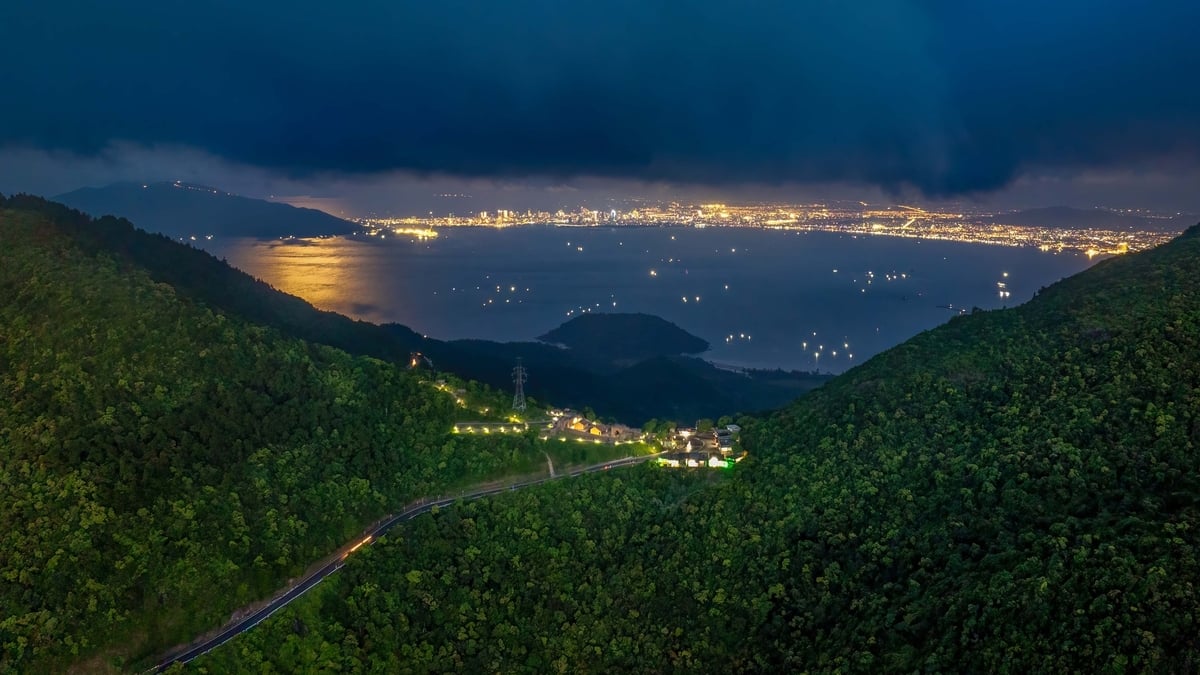

![[Photo] The Organizing Committee of the National Table Tennis Tournament of Nhan Dan Newspaper presented tables and books to universities in Da Nang.](https://vphoto.vietnam.vn/thumb/1200x675/vietnam/resource/IMAGE/2025/5/20/15c200538e76401ba0d4ca82ae5cb2ec)
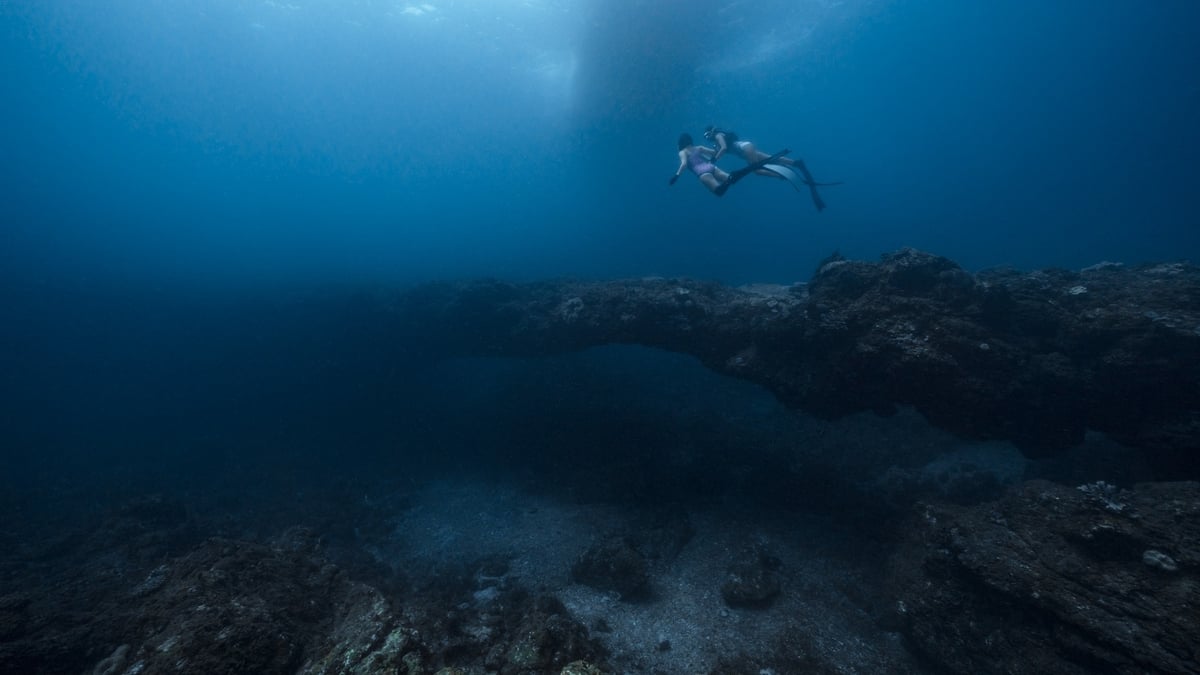
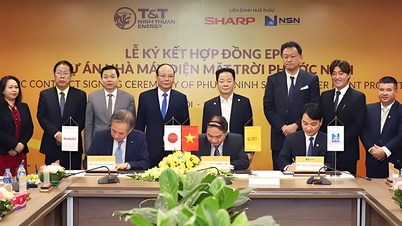



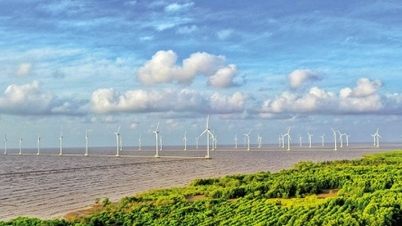



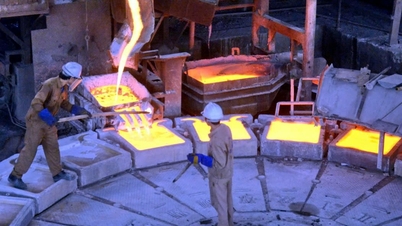





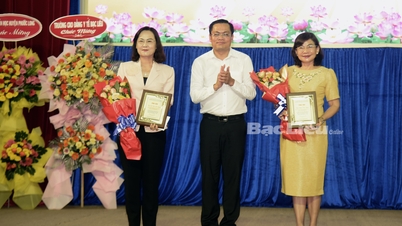




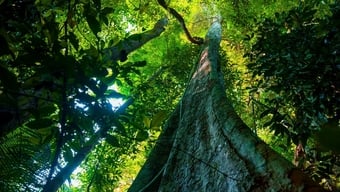


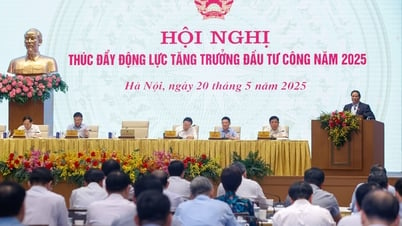
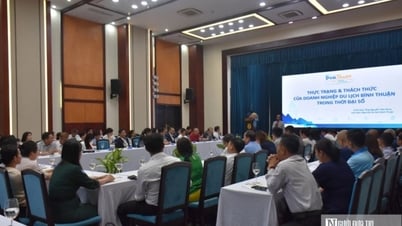
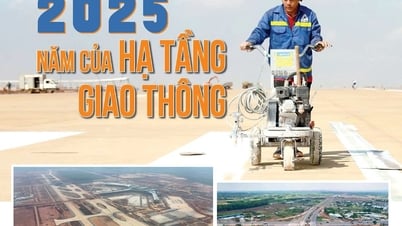
















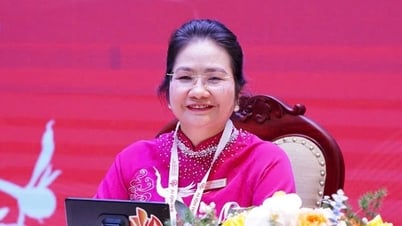

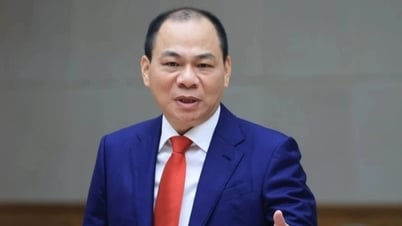

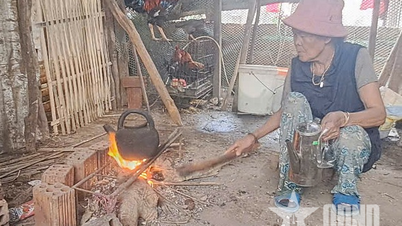







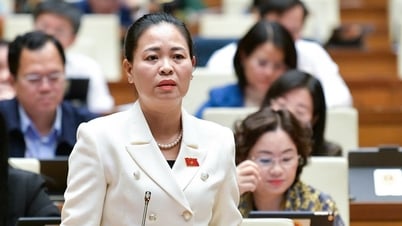


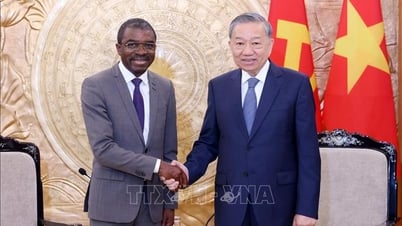

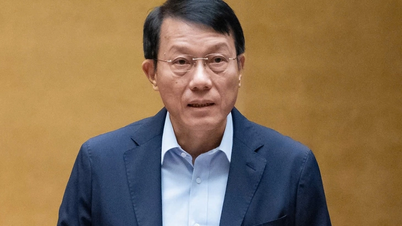
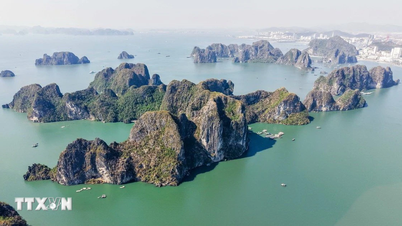




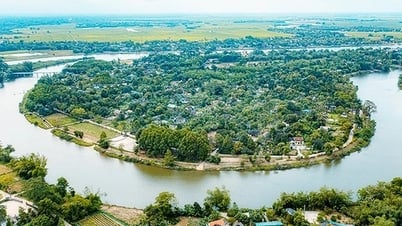
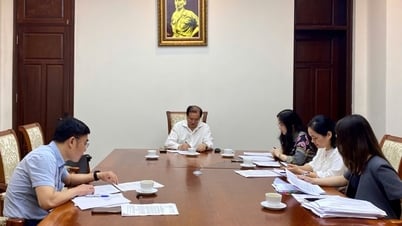



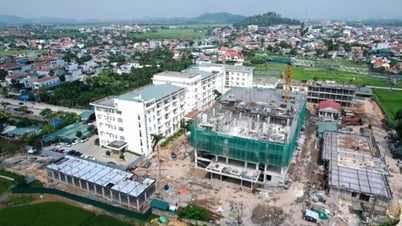



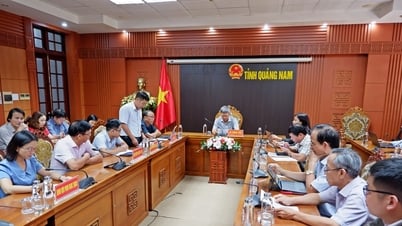

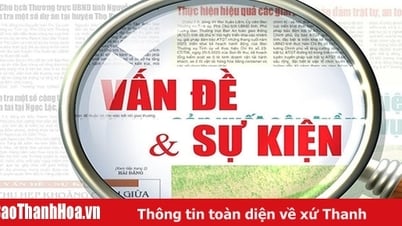





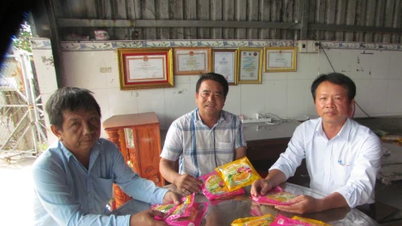



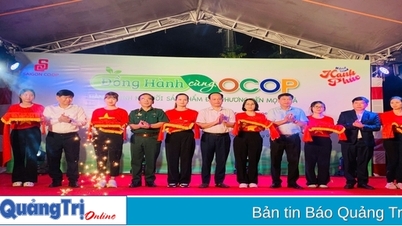



Comment (0)